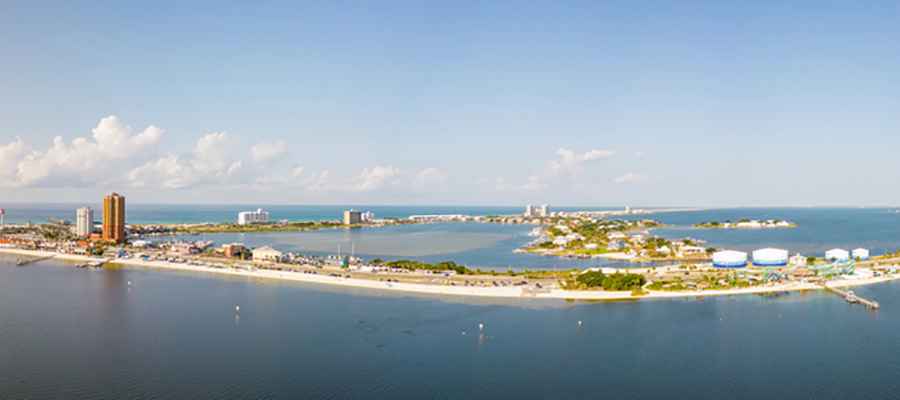Do Car Accident Statistics in Pensacola Reflect Poor Road Infrastructure?
Each year, Escambia County records thousands of vehicle crashes, with dozens ending in tragic loss of life. These numbers continue to raise serious safety concerns for everyone on the road. But how much of this can be linked to the condition and design of our roads?

Looking closely at car accident statistics, it becomes clear why experienced injury firms focus on identifying patterns tied to poor infrastructure, not just driver behavior. Road design may be playing a bigger role than we think.
What the Statistics Say About Car Accidents in Pensacola
Pensacola’s roads tell a concerning story. According to Florida Highway Safety and Motor Vehicles, the city sees thousands of crashes annually, with hundreds resulting in injuries or fatalities.
Some spots are hazardous. Cervantes Street, I-110, and Davis Highway appear frequently in crash reports. These corridors combine heavy traffic, tight lanes, and quick merges—a recipe for collisions.
How does Pensacola compare? While Florida’s crash rates are higher than the national average, Pensacola’s numbers stand out even within the state. For example, Escambia County, where Pensacola is located, consistently ranks among Florida’s top counties for traffic fatalities.
These statistics suggest something more than just driver error might be at play.
Examining Pensacola’s Road Infrastructure
Pensacola's roads show their age. Many key corridors still follow 1960s designs, with narrow lanes that slow traffic. The city lacks protected bike lanes on most major roads, forcing cyclists into traffic.
Outdated signal timing plagues busy intersections like Davis Highway and Nine Mile Road. Poor nighttime lighting creates visibility issues, particularly on Cervantes Street. Several roads also have dangerously narrow shoulders, leaving little room for error.
A 2022 city infrastructure report highlighted these concerns, noting that many roads haven't had significant safety upgrades in decades. While Pensacola has made some improvements, much of its road network remains unchanged.
Linking Infrastructure to Crash Patterns
The connection between Pensacola's road design and crash hotspots is hard to ignore. That dangerous curve on Scenic Highway? It lacks proper banking and has claimed multiple lives. The confusing merge lanes near I-110 cause frequent sideswipe collisions.
Pedestrian danger zones often share common flaws: missing crosswalks, inadequate lighting, and huge roads that encourage speeding. A University of West Florida study found that intersections with poor signage have more crashes than well-marked ones.
FDOT data shows that infrastructure-related crashes cluster in specific patterns. Rear-end collisions dominate poorly timed signal corridors, while head-on crashes frequently occur on roads without center medians. These aren't random accidents—they're predictable outcomes of specific design flaws.
Are There Other Contributing Factors?
Yes, distracted driving and seasonal tourism contribute to crash rates. Rain-slicked roads during summer storms don't help, either.
But here's the key: good road design can reduce these risks. Wider lanes forgive driver mistakes, proper drainage prevents hydroplaning, and clear signage reduces the risk of accidents.
While human error causes most crashes, infrastructure determines how often those errors turn deadly. Pensacola's roads often magnify rather than mitigate these risks, and we can fix that.
A City at a Crossroads: What the Data Suggests
The evidence points to a clear trend: many of the county’s worst crash zones overlap with areas of poor infrastructure. Faded markings, outdated signals, and unsafe intersections aren’t just inconveniences but risk factors.
Understanding the link between road conditions and crash patterns helps us see that accidents aren’t always random. In many cases, they’re preventable.
Improving infrastructure should be a top priority if we want to reduce serious injuries and fatalities. Better roads don’t just move traffic—they protect lives.
Image credit: Depositphotos